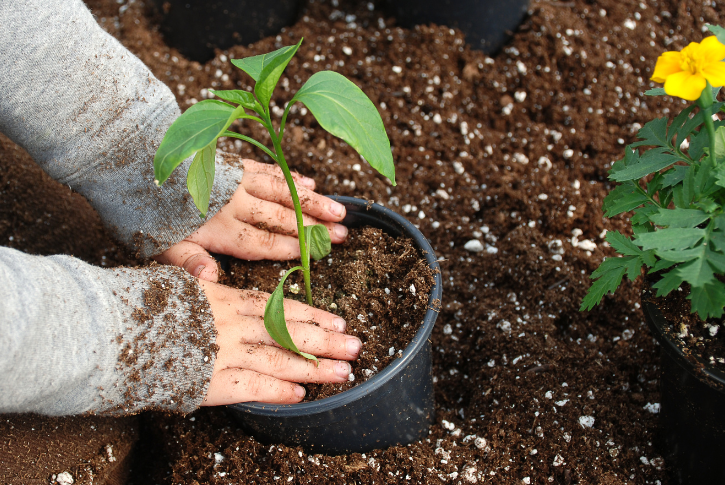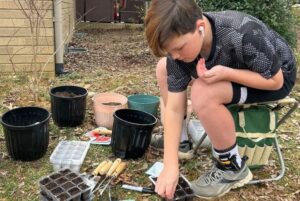We chose Tennessee as home, because we are an outside family! Rain or shine we are ready for fresh air and a healthy bit of dirt. For my family, gardening has become not only a great resource for healthy foods but an opportunity to get moving, learn, and spend time together. It’s time for a disclaimer, I am not a “crunchy mom.” I do try my best to get healthy foods in my kiddos, but there are absolutely moms who know much more about the organic life than me. I do have days where lunchboxes count fruit snacks as a serving of fruits. That said, we are trying! If you are also trying to get your kids engaged in eating better, getting them involved in the garden may be a great tactic.
I have found that my children are 100% more likely to eat their fruits and veggies without a fuss and fight, if they grow them and pick them themselves. I can’t explain the science behind why the tomato they grew is “mmm yummy” and the one at the grocery store is “ewww no,” but it is what it is.
Whether you have a large backyard, a farm, a small balcony garden, or a boxspring filled with dirt (that’s real life at my house) Tennessee’s varying climates and long growing seasons offer an exciting opportunity to plant a variety of flowers, fruits, and vegetables with your children. Let’s dive into the world of family gardening together!
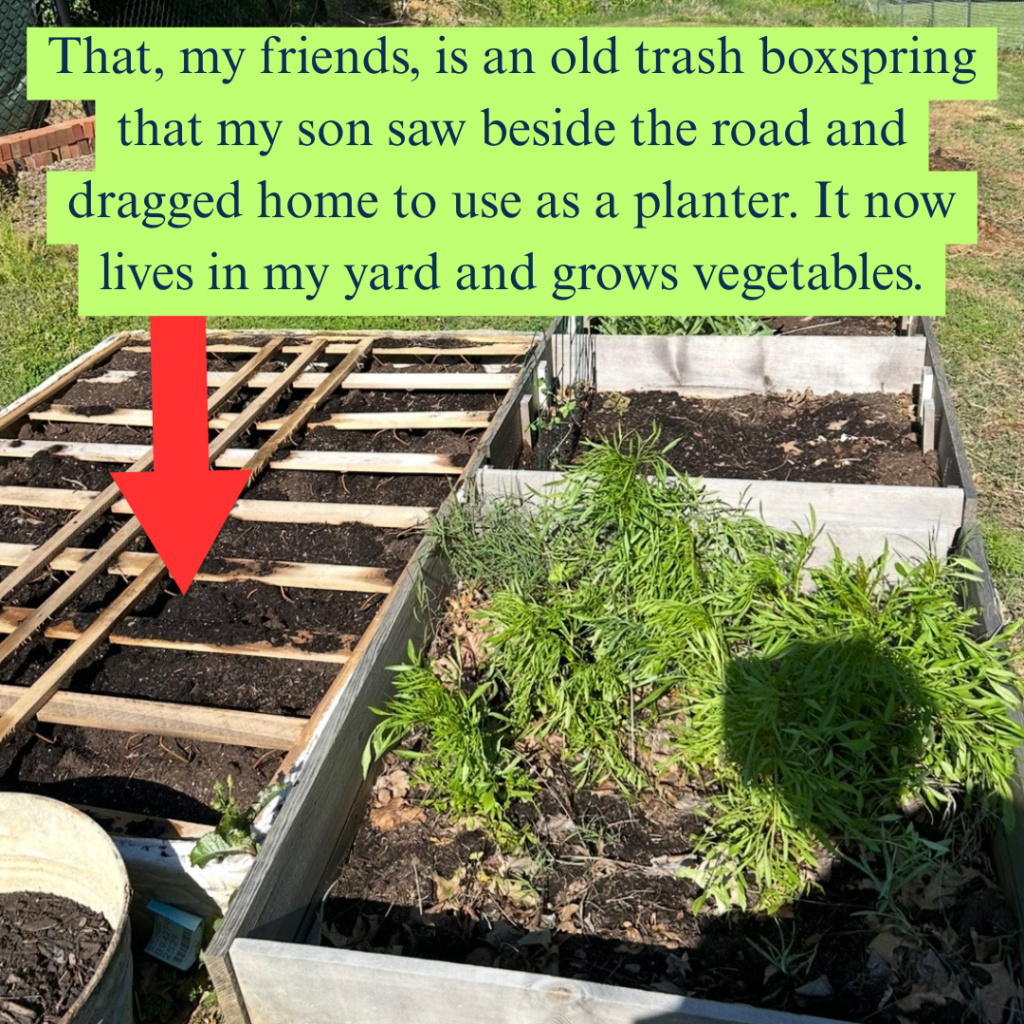
1. Start with the Basics: Explain the Wonders of Gardening
For younger children, spark curiosity by explaining how plants grow. Use simple language and talk about the process of seeds sprouting, flowers blooming, and fruits and vegetables ripening. You can begin by just taking nature walks or visiting a local park to observe the plant life together. Seeing real-life examples of how plants grow will help make gardening more tangible.
2. Let Them Choose Their Own Plants
Allowing your child to pick out a few plants or seeds to grow can give them a sense of ownership and excitement. Whether it’s colorful flowers, sweet strawberries, or even herbs like basil and mint, letting them choose plants that interest them will keep them engaged. Visit a local nursery together and teach them about the different types of plants suited for Tennessee’s climate and planting seasons. We love to visit the nurseries at Lowes and Home Depot but don’t forget that seeds are often also available at The Dollar Tree and Walmart. Gardening and money saving can go hand in hand.

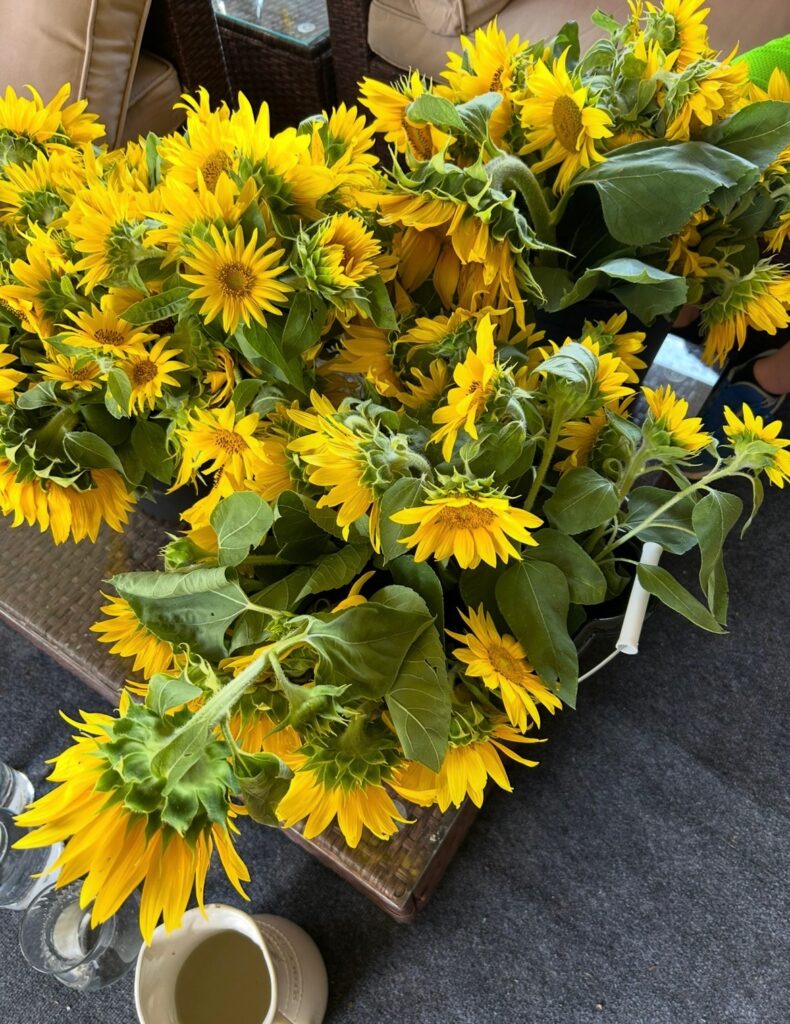
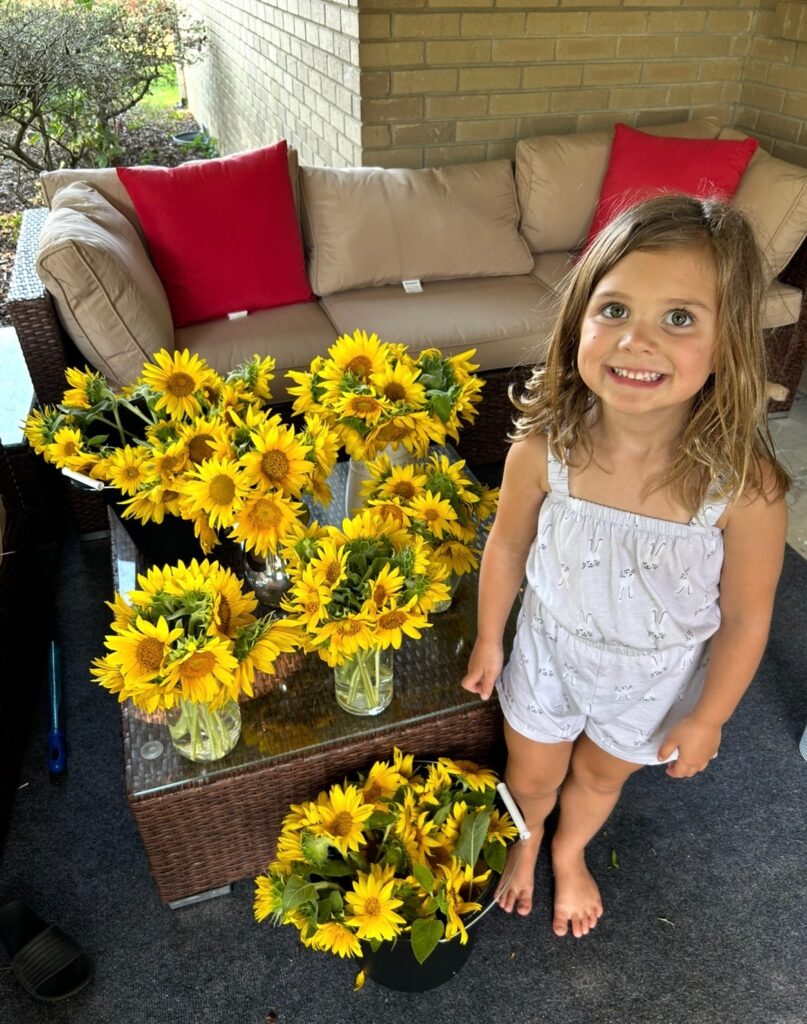
Gardening Activities by Age
Ages 2-4: Simple and Fun Tasks At this age, kids are full of energy and curiosity but may need a little more supervision. The focus here is on sensory experiences and fostering a connection with nature.
- Digging and Planting Seeds: Let them use small shovels or their hands to dig little holes in the soil for seeds. Show them how to gently place the seeds into the ground and cover them up.
- Watering the Garden: Get a child-sized watering can and let them water the plants. This simple task helps develop motor skills and a sense of responsibility.
- Exploring Bugs and Critters: Encourage them to observe bugs like ladybugs, ants, and butterflies in the garden. Learning about the tiny creatures that help the garden thrive is a fun way to teach about ecosystems.
Ages 5-7: Building Responsibility As children grow older, they can start taking on a bit more responsibility. Gardening at this stage is more about establishing routines and learning basic care for plants.
- Planting Flower Bulbs and Seeds: Let your child help plant bulbs or seeds like daffodils or sunflowers. This is an opportunity to teach them about the seasons and when certain plants bloom.
- Weeding: Show them the difference between weeds and the plants you want to grow. With a small hand rake or tool, let them help pull up weeds to keep the garden tidy.
- Making Garden Markers: Have them create their own plant labels with colorful markers, paint, or clay pots. This activity combines creativity and learning about what each plant needs.
Ages 8-10: More Independent Tasks At this age, children can handle more detailed tasks and begin understanding the concept of gardening as a long-term project. They’re ready to take on some significant responsibility for their plants.
- Transplanting Seedlings: If you’ve started seeds indoors, involve your child in transplanting them into the garden. This helps teach about the life cycle of plants and the importance of proper timing.
- Composting: Explain the basics of composting with your child and start a small compost pile. Let them help add kitchen scraps or garden waste and learn how it enriches the soil.
- Harvesting: Teach your child how to harvest fruits and vegetables when they’re ripe. Whether it’s picking tomatoes or plucking strawberries, they’ll love the reward of eating what they’ve grown.
Ages 11 and Up: Advanced Gardening Projects Teens are ready to take on more complex gardening projects, which can build their problem-solving and leadership skills. Gardening at this age can also become a great family bonding activity.
- Planning and Designing the Garden: Get your teen involved in planning the layout of your garden. They can help you decide where to plant various crops based on sunlight needs and space.
- Building Garden Structures: Older kids can help with constructing raised beds, building a trellis for climbing plants, or making a simple greenhouse. These tasks promote teamwork and practical skills. Bonus points if they find free supplied laying around… or in the neighbor’s trash.
- Learning About Sustainability: Teach your teen about eco-friendly gardening practices such as mulching, organic pest control, and rainwater harvesting. Encourage them to research different types of plants and environmentally sustainable gardening methods.
3. Incorporate Learning Opportunities
As your child spends time in the garden, there are plenty of ways to integrate education with fun. Some ideas include:
- Nature Journals: Encourage your child to keep a gardening journal where they can document what they plant, how the plants are growing, and any interesting observations (like when the first flower blooms or a new bug is spotted).
- Cooking with Garden Produce: Once your plants are harvested, involve your child in cooking meals with your fresh produce. You could make a simple salad, pizza with fresh herbs, or homemade salsa from your tomatoes.
- Science Experiments: Perform simple experiments together, like testing how much water a plant needs, or creating a small water filtration system to teach them about the importance of clean water for plants.
- Planting Calendars: There actually is a science to growing the right plants at the right times. While a chaos garden is always a valid option, if you really want to get into gardening, doing the research is key. Certain plants grow better in certain conditions and the Farmers Almanac can tell you exactly what to plant when to yield the best results. Tennessee has such vastly different landscapes, temperatures, and soils that having a resource to identify key plant times is crucial. Simply follow the link, add your zip code, and check out what will grow best for your location during each season.
4. Have Fun with Seasonal Activities
Take advantage of the changing seasons to engage your child in gardening all year round. In Tennessee, you can plant in spring, maintain your garden through summer, and prepare for fall harvests. Winter is also a great time to start planning your garden and try indoor gardening projects, such as growing herbs or sprouts in small containers.
By involving your children in gardening at every stage and age, you’ll not only grow a garden full of blooms and fresh produce, but you’ll also grow memories and life lessons that will last a lifetime. Happy gardening!


